“The motoring world owes a great deal to [Ettore] Bugatti, not only because he was one of the first men to make the small sports car a serious rival in competitions but also because he appears to be constitutionally endowed with originality and unable exactly to follow any other designer’s lead.”
Emerging successfully from the ruins of war with a new version of his seminal Type 13, Bugatti designed the Type 29 to 1922’s new grand prix rules, and for it his first eight-cylinder engine and innovations like front brakes and shock-absorbing seats. It having performed well on track, he did a road version, the Type 30 – which prompted our plaudits in 1925.
“Acceleration, if the [four] gears are used intelligently, is really extraordinary,” we said. It hit 70mph and a steep hill in second “provided a sensation which has to be experienced to be believed”.
Indeed, so much potential was in the circa-100bhp 2.0-litre that even dual-axle braking (with two separate controls) wasn’t enough.
“A most excellent point of the chassis is the suspension, which not only makes the car [comfy] but also rock-steady on corners, and it is due in part to this that the car holds the road extremely well.
“Altogether, this is something out of the common for a driver who really appreciates something which needs skill to handle but rewards that skill in a very adequate and satisfying manner.”
It’s absolutely right, then, that Bugatti today heralds the Type 30 as having been “crucial to further establishing the brand at the apex of engineering excellence”.
Foreign luxuries tax provokes mixed reaction from car manufacturers
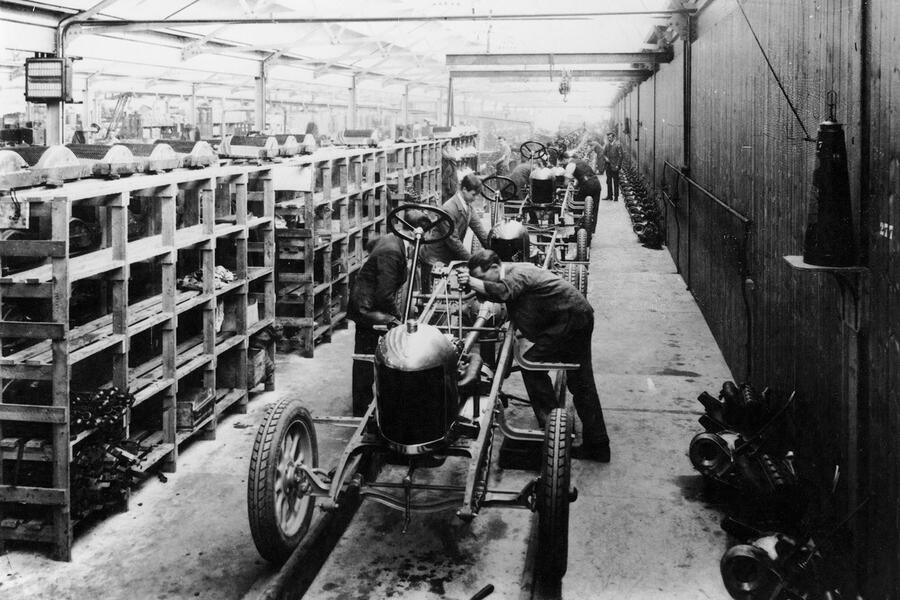
One of the measures that Britain took to alleviate its enormous war debt was the McKenna Duties, a one-third tax on certain foreign luxuries imposed from 1915. These were revoked when Labour came to power in 1924, then reimposed when the Conservatives regained control nine months later. The reaction was mixed.
Deposed chancellor Philip Snowden lamented that his move had increased employment and exports and reduced car prices, and that re-imposition would only hit drivers of modest means.
Walter Guinness, on behalf of new chancellor Winston Churchill, countered that few British cars had actually been reduced in price, and nor had the benefit been passed on to buyers of foreign luxury cars.
“The removal of the duties was the most severe blow [our] industry has ever had to face. I’m convinced that there will [now] be a definite, if gradual, all-round improvement,” said William Morris.

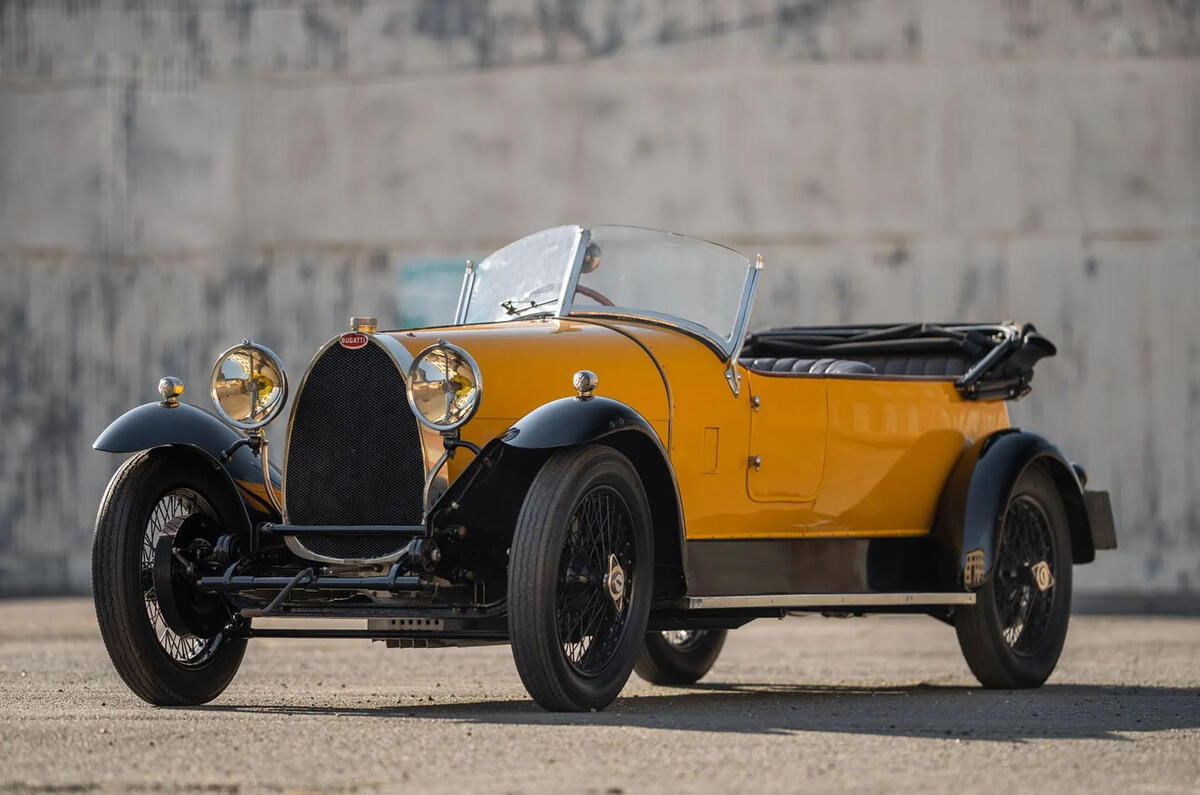




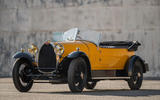





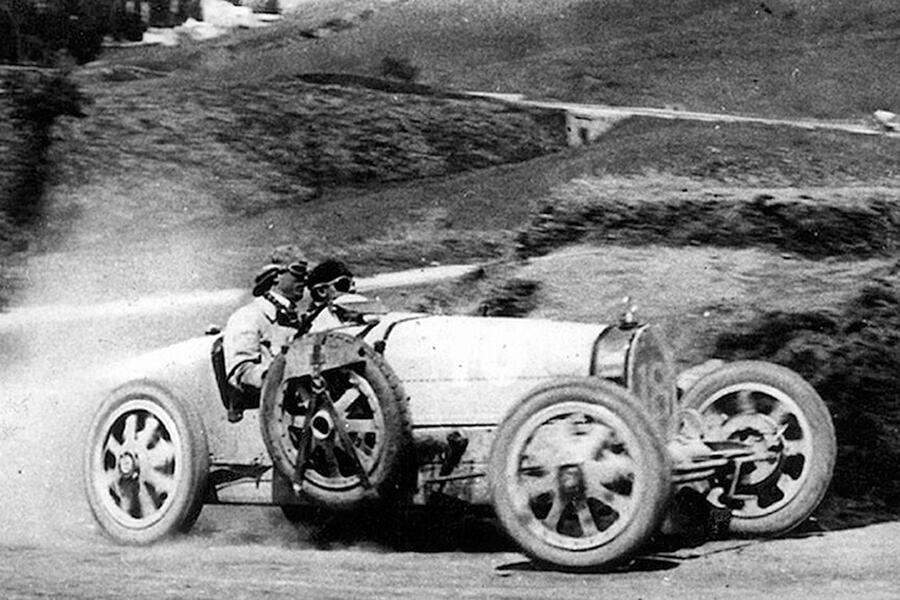
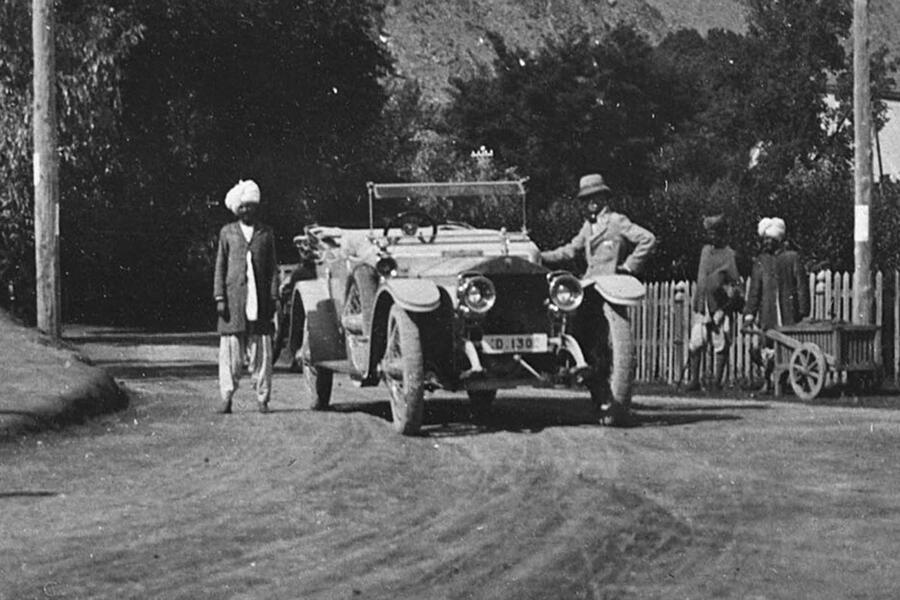


Add your comment